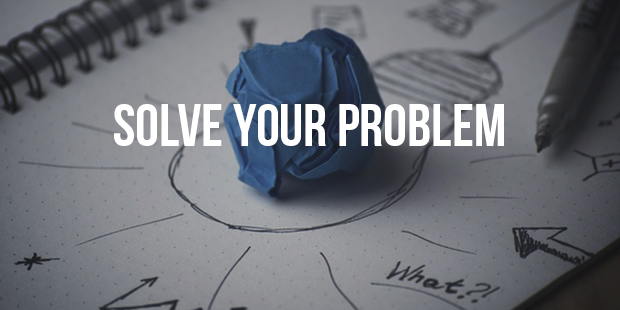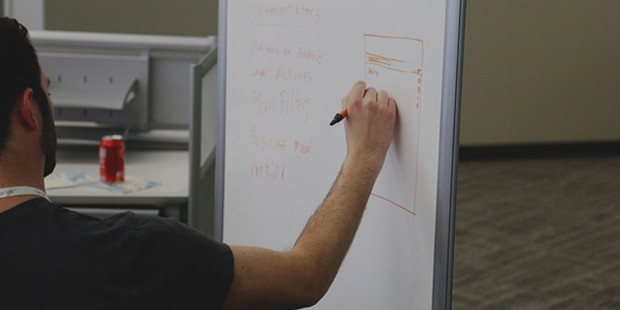4 Steps To Solve Your Problems

A problem can be defined as an assignment which needs to be solved in an effective way to reach the associated goals. Solving a problem, in the most effective way, requires a particular set of skills and a definite action plan.
Every problem is unique but if a definite action plan is followed, several innovative ways to find the best solution can be easily chalked out. But how do you approach a problem? Here are the steps.
1. Analyze

Strategies For Changing Your Circumstances
Understand the nature of the problem. Start gathering information and data about the problem. Analyze every bit of information and summarize the main points and questions that needs to be answered. Set objectives and start formulating strategies.
2. Formulate

Things Every Creative Entrepreneur Should Know
Once the problem is clearly understood and defined then targets are set, it is time to come up with all possible solutions irrespective of whether they are in accordance with targets or resources available. Brainstorming and lateral thinking are of immense importance here. The space for innovative thinking, which is creative and out of the box, must be encouraged. Reference to past problems and techniques used should also be made.
3. Solution

Now that all the possible solutions are on the table, one has to be practical and get a brief idea about the resources available (time, fund, manpower) and objectives (project goal, team goal, organization goal) in mind before figuring out the best possible solution. A collective consensus is important in decision making as this would also aid in implementation of the project.
Every argument and counterpart is equally important to explore an option from different point of view and finally the best available solution must be chosen depending on advantages, disadvantages and interesting features of all solutions. Once it is done, time to formulate plan of action to implement the solution. Bigger problems must be disintegrated into small modules for fast processing and supervision.
4. Flexibility

All the solutions and strategies are made at the comfort of the drawing room but during implementation, the strategies might have to be amended as per requirements and even at times several unforeseen errors may come up. One has to be flexible and ready to face any challenge and come up with an instant logical solution to progress rapidly. Implementation must be supervised and testing small modules is vital to detect any conceptual problem at an early stage. Constant feedback can also aid in successful completion of the problem.
Statistics show that people, who spend more time in analyzing a problem, are more likely to come up with the best possible solution and with successful implementation. Trying to complete a problem too quick or self-centered approach generally leads to an unsuccessful result. There is no shortcut to success. The more problems you deal with, the greater would be your experience and the better would be the approaches as you go on improving your problem solving skills.









